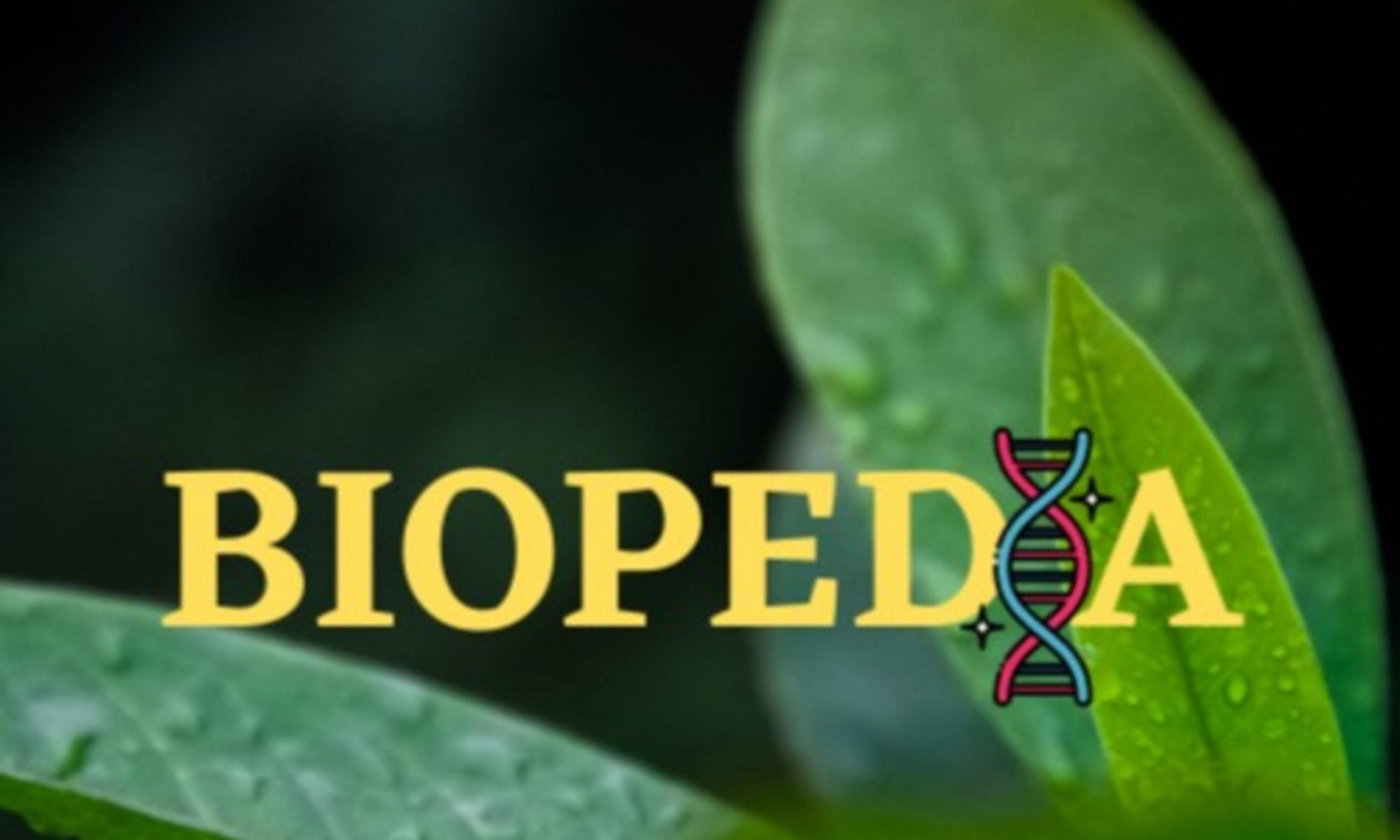Moving away from previous topics somewhat, we’re going to dive back into ecological theory and discuss the concept of sibling species. What is a sibling species? Well, they’re species which appear broadly very similar, but do have some differences when you get up close. As we’ll see in today’s episode, sibling species are essentially part of the process of speciation..
Sources for this episode: 1) Eisenmann, E., Amadon, D., Banks, R. C., Blake, E. R., Howell, T. R., Johnson, N. K., Lowery, G. H., Parkes, K. C. and Storer, R. W. (1973), Thirty-Second Supplement to the American Ornithologists’ Union Check-List of North American Birds, Auk 90(2): 411-419. 2) Gittleman, J. L., Encyclopaedia Britannica (2019), Species (online) [Accessed 29/05/2021]. 3) Nelson, D., OSU Bio Museum (2015), Examples of sibling species (online) [Accessed 02/06/2021]. 4) Thain, M. and Hickman, M. (2014), Dictionary of Biology (Eleventh Edition). London: Penguin Books Ltd. 5) Author unknown, Wikipedia (date unknown), Alder flycatcher (online) [Accessed 02/06/2021].
